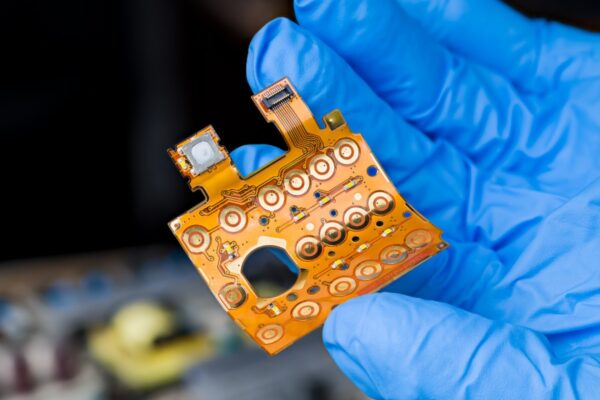What is Etch Back
Etch Back, also known as Etchback, is a controlled removal process of nonmetallic materials from the sidewalls of holes. This process is typically achieved through a combination of chemical and plasma processes. The purpose of etch back is twofold: to remove resin smear and to expose additional internal conductor surfaces.
Etch back is an essential step in the PCB manufacturing process, particularly in multilayer flexible circuits and combination multilayer rigid-flex boards. It is performed after the various circuit layers are laminated together and the through-holes are drilled. The goal is to ensure that the copper surface within the hole is free from contaminants, improving the reliability of the plated through-holes.
There are two types of etch back processes: positive etch back and negative etch back. Positive etch back involves etching or removing the dielectric material to expose more of the copper layers. This allows for a larger area to be plated, enhancing the reliability of the plated through-holes. On the other hand, negative etch back refers to etching back the copper layer from the through-hole barrel.
The IPC-6013 standard provides specifications for the minimum negative etch back values for different classes of circuits. For Class 1, 2, and 3 circuits, the minimum negative etch back values are as follows: Class 1 – 25 µm (0.001″), Class 2 – 25 µm (0.001″), and Class 3 – 13 µm (0.0005″). Additionally, the standard outlines guidelines for the amount of copper to be exposed during the etch back process when specified on the procurement documentation.





